For their family and for themselves, pilgrims walked the ancient road, Facing their various thoughts and feelings.
In modern times, faced with the development of transportation and change in people’s interest, the tradition of walking pilgrimages waned.
Pilgrims practically ceased to exist.
Now, with the revival of the Kumano Kodo, this tradition can be relived.
It is by no means just a sightseeing trip. It is a reliving of a pilgrimage culture that Japan has long fostered since ancient times.
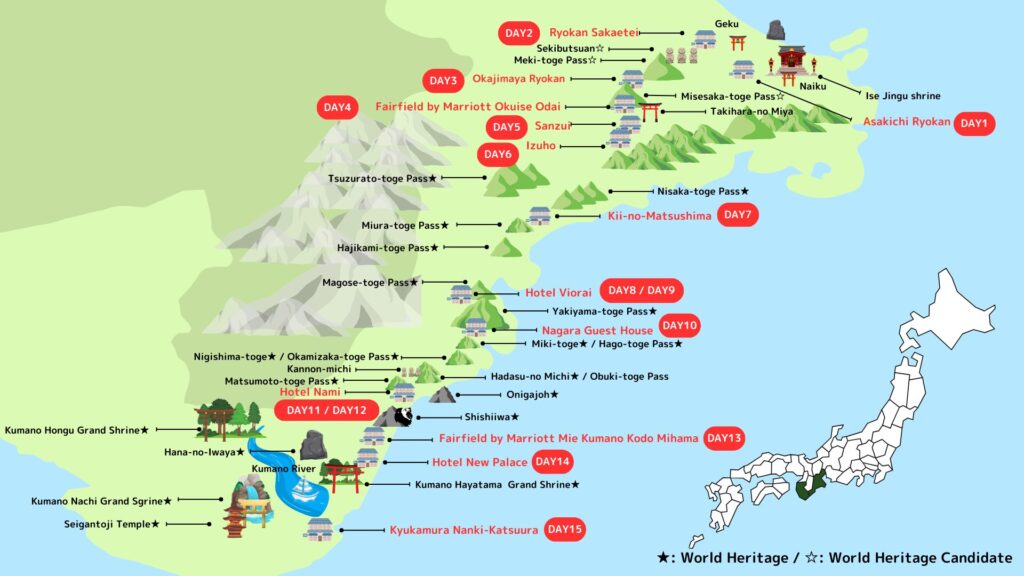
Overview
What‘s the Kumano Kodo
The Kumano Kodo is a 1,000 km long pilgrimage route that crosses over the Kii Peninsula. The route starts from Kyoto, Yoshino, Koyasan, and Ise, and leads all the way to Kumano Sanzan (The Three Grand Shrines of Kumano), which include Kumano Hongu Taisha Grand Shrine, Kumano Nachi Taisha Grand Shrine, and Kumano Hayatama Taisha Grand Shrine. Collectively, they are called the “Kumano Kodo” and divided into six different routes.
Japanese tourism developed out of these sorts of “pilgrimage” journeys. Furthermore, the Kumano Pilgrimage is said to be its origin.
Kumano, surrounded by mythical nature, is often called “the Land of the Dead”. It has been believed that going to and returning from Kumano means ”reborn”.
In the past, only the emperor’s family and nobles were allowed to visit Kumano. However, during the Edo period, under the principle of equality in front of the ”Kami” and Buddha, pilgrimages from Ise Jingu Shrine to the Kumano Sanzan spread to the common people, regardless of their social status.
In July 2004, this cultural landscape formed over long years by nature and human activity was registered as a World Heritage Site as “Sacred Sites and Pilgrimage Routes in the Kii Mountain Range”.
Japan is blessed with nature, and it has long been believed that deities dwell within it. Seeking the echoes of the prayers of the ancient people who believed in a better next life, and attracted by its mystical power, people continue to visit Kumano even today.
Take a step as one of them along the Iseji, the most beautiful route of the Kumanoko Kodo.
STORY OF THE ISEJI
What makes the Iseji special is that it connects two sanctuaries: Kumano Sanzan and Ise Jingu, the main shrine of Shintoism.
Starting from Ise Jingu Shrine, it is a 170 km southward journey between mountains and seas that you can traverse on foot or by public and private transportation.
The long, beautiful stone-paved ancient road still remains in its original form thanks to the local people who are working hard to preserve the old road. It is a path loved not only by hikers but also by the local communities.
To this day, many pilgrims have been helped by the local people along the way and have experienced the healing nature of the sea and mountains. They purify their bodies and souls, experiencing sacred moments while passing over many mountain passes on their journey to Kumano Sanzan.
On this journey, you will step into the hidden Japanese countryside and witness the true beauty of Japan, from the fishing towns and terraced rice paddies to the mountains and coastlines.
The ancient path is the axis that connects people to each other,and connect you to the local community of Japan.
It will also allow you to know your true inner self and discover a new you.


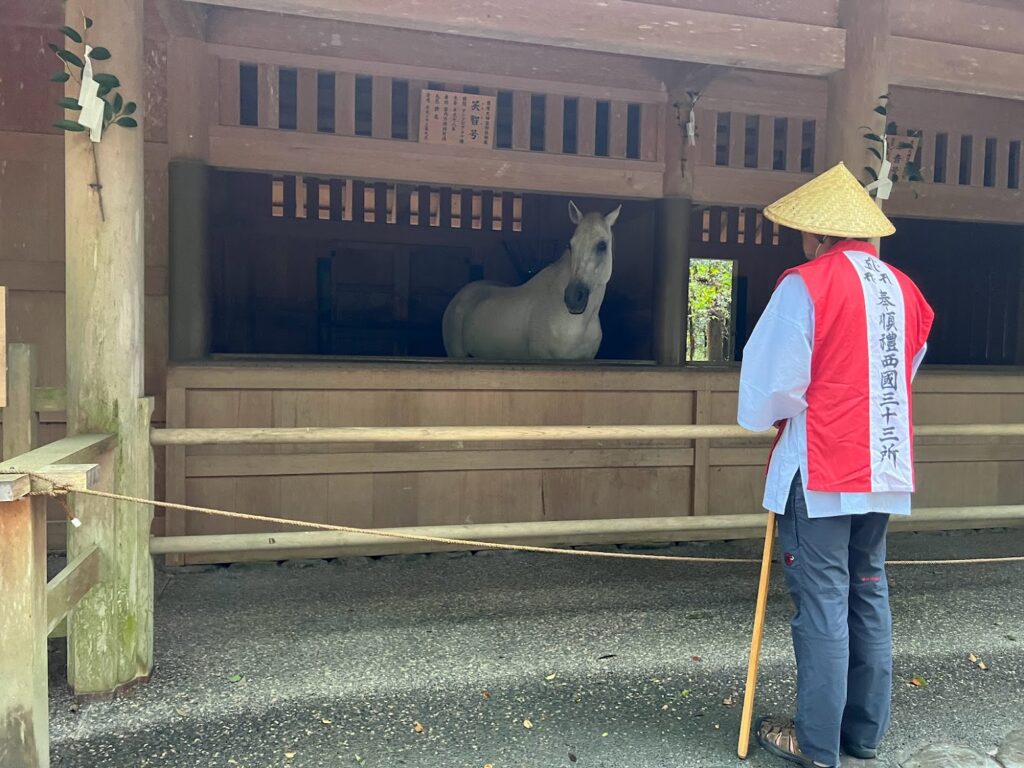
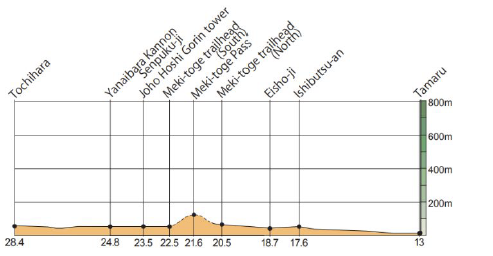
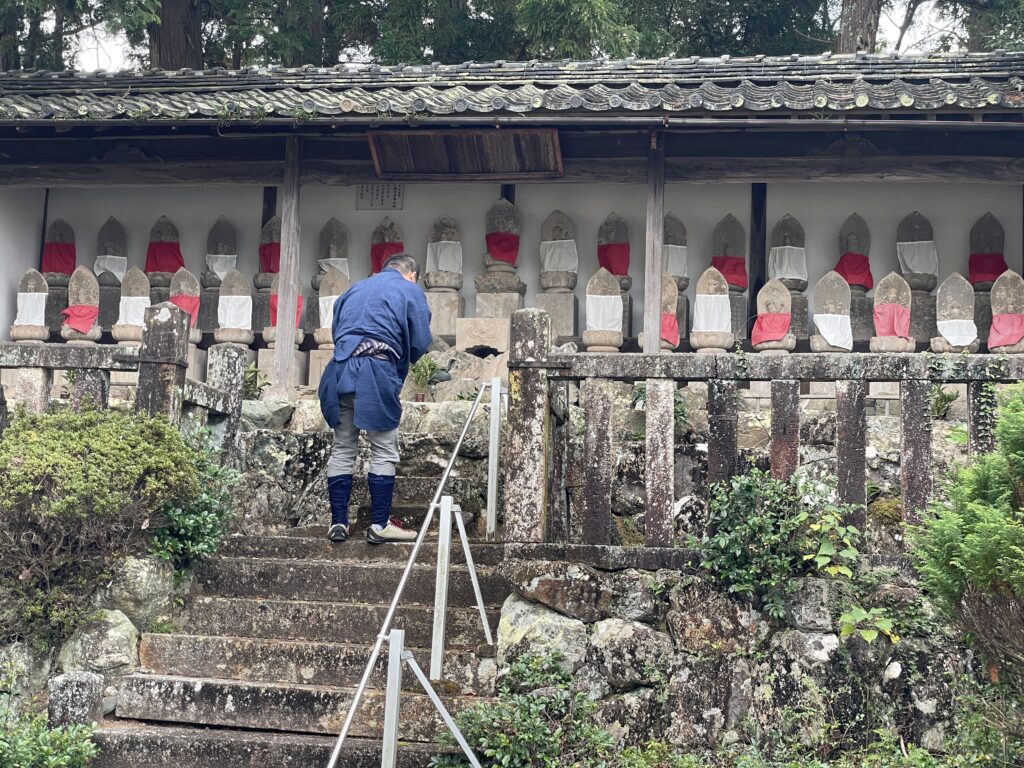
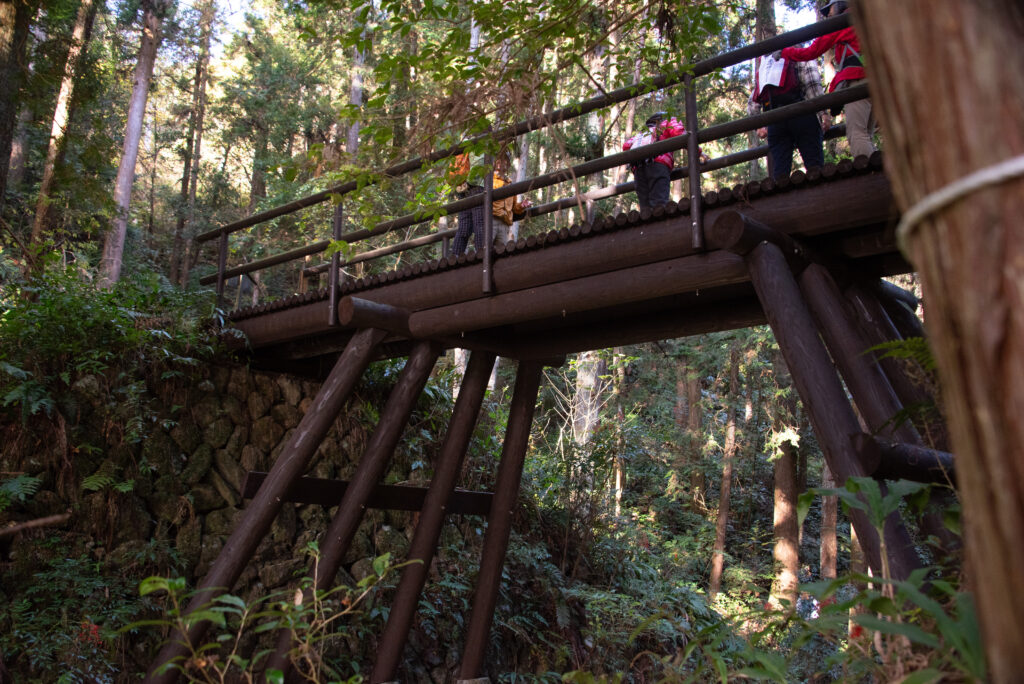

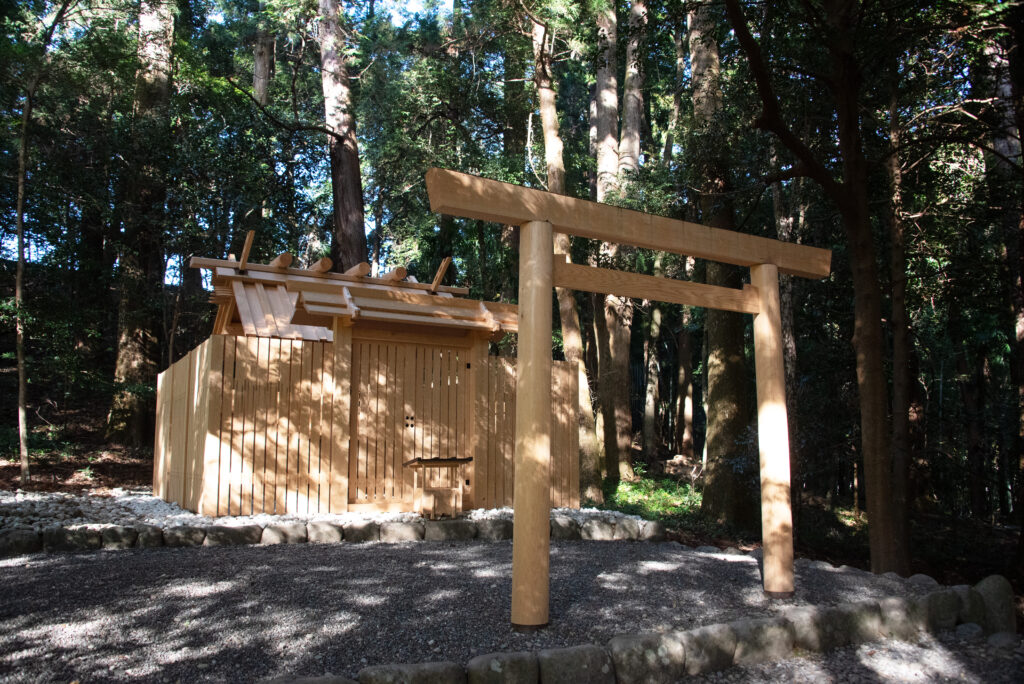


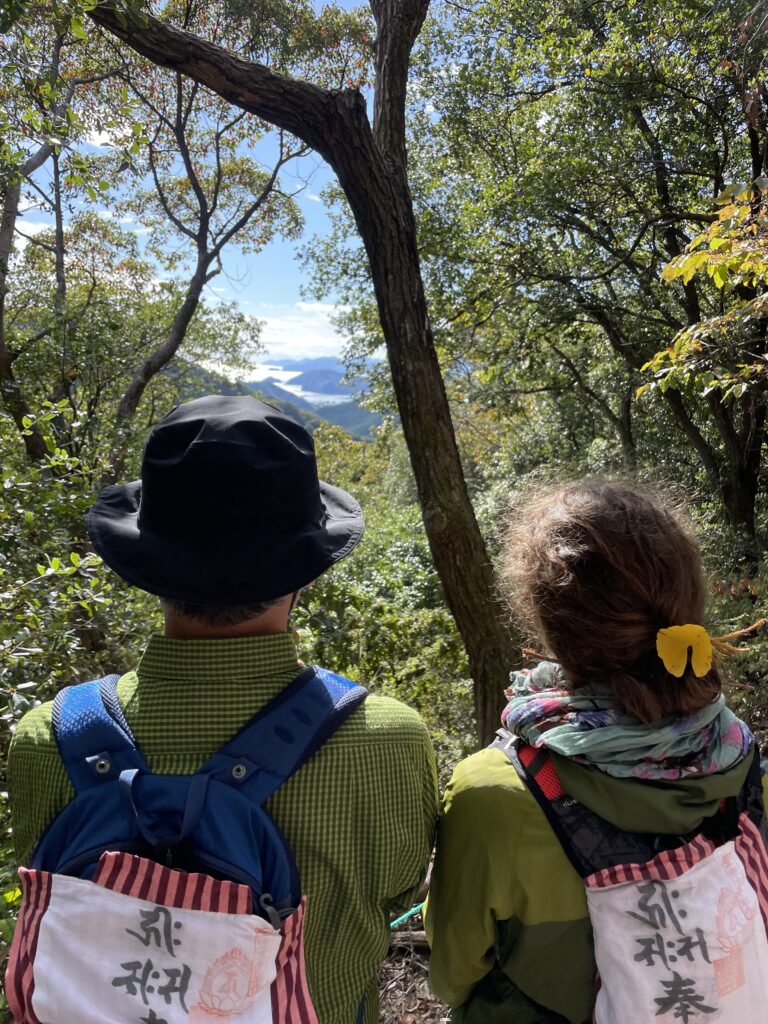
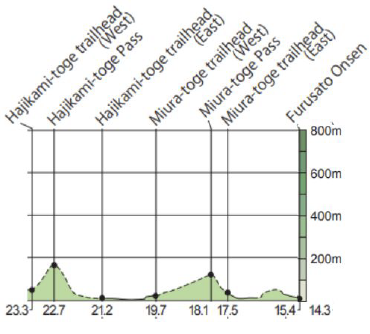
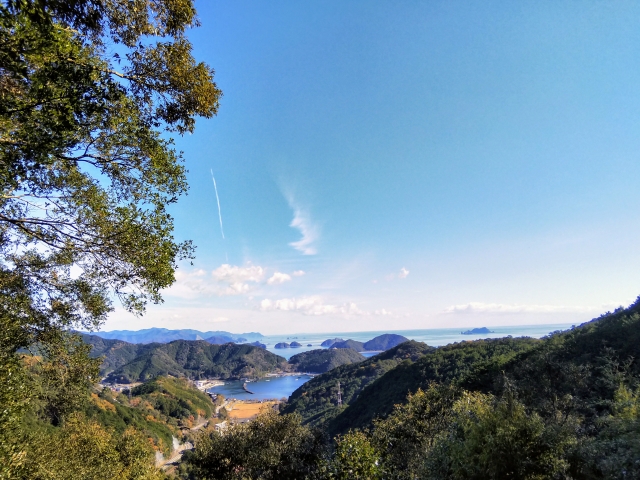
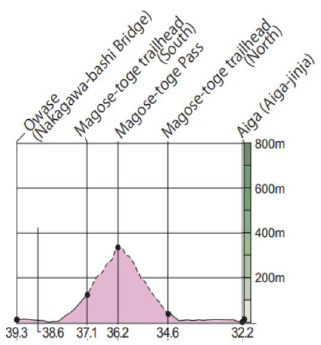
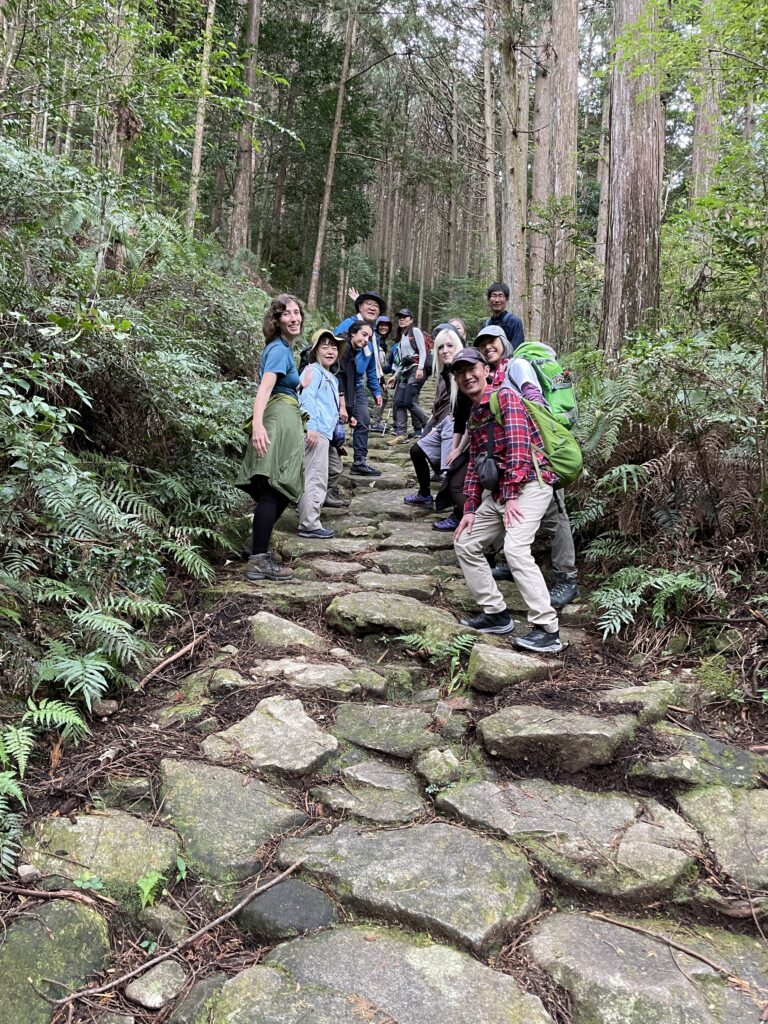
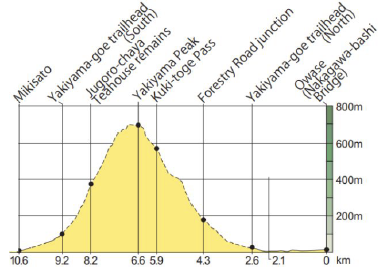

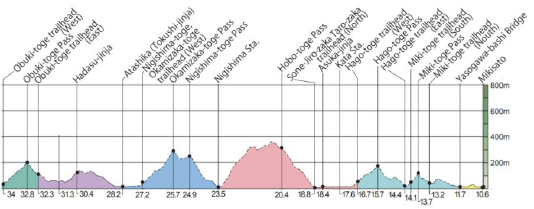
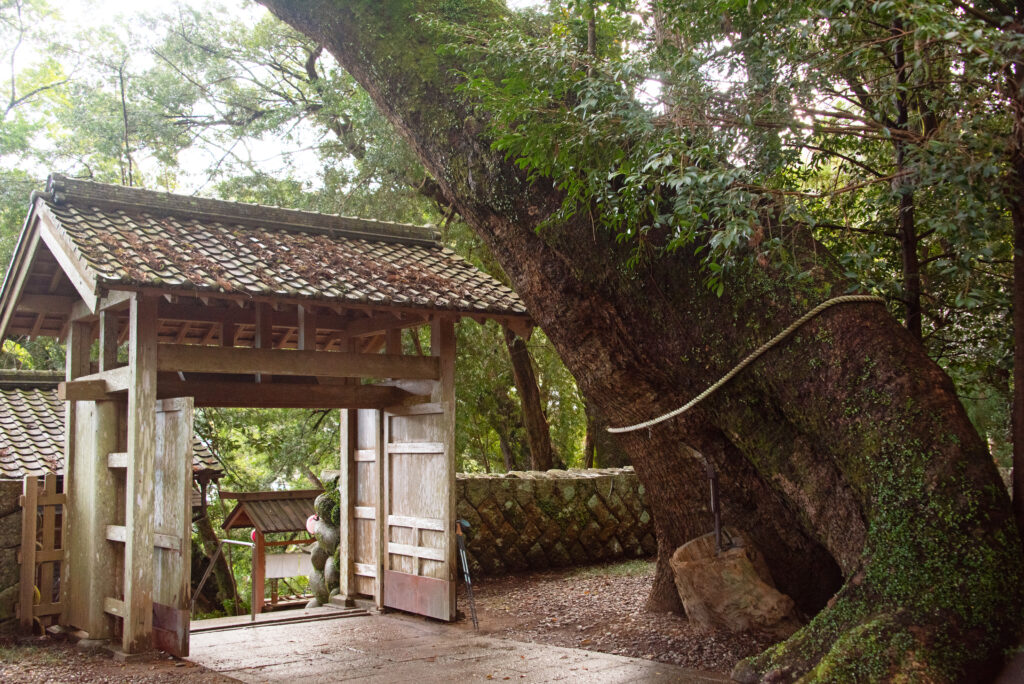
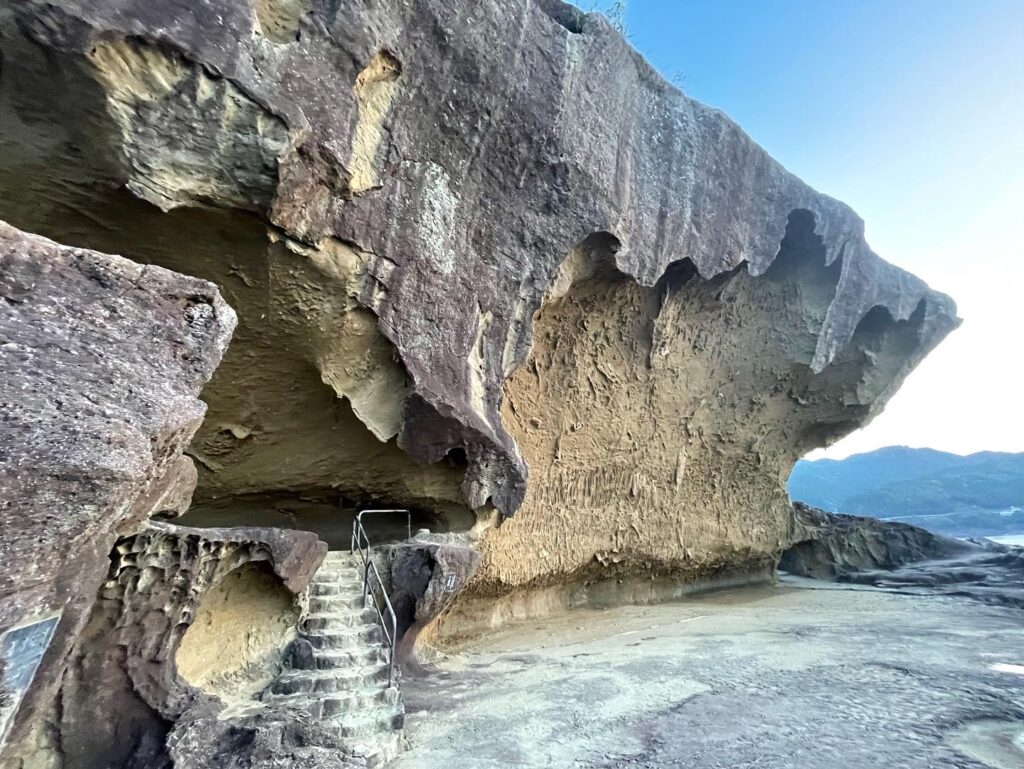
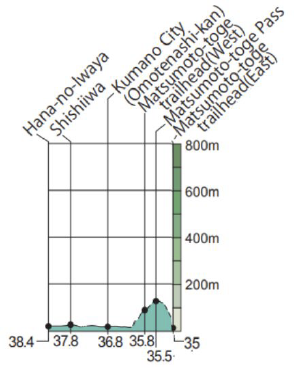
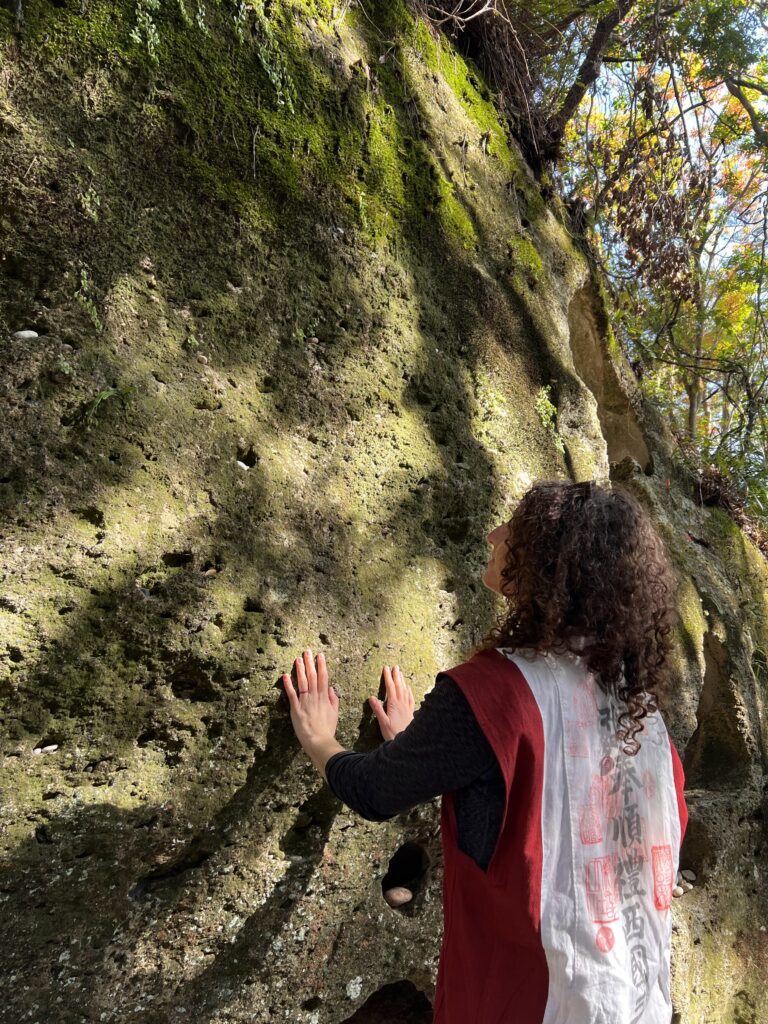

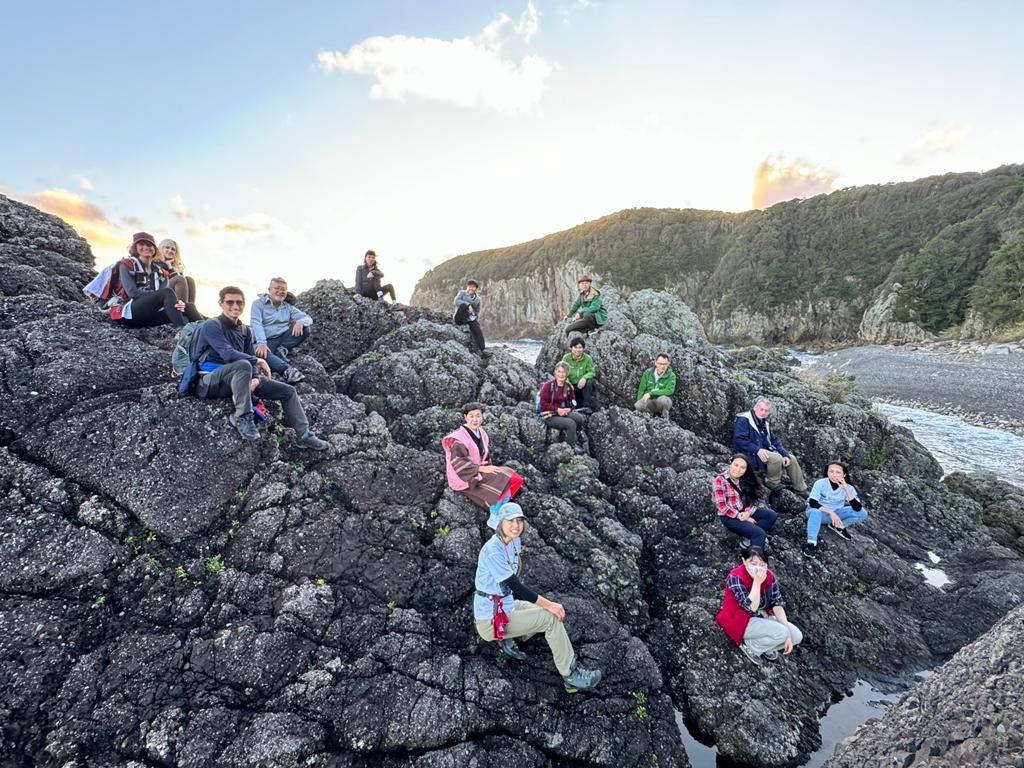


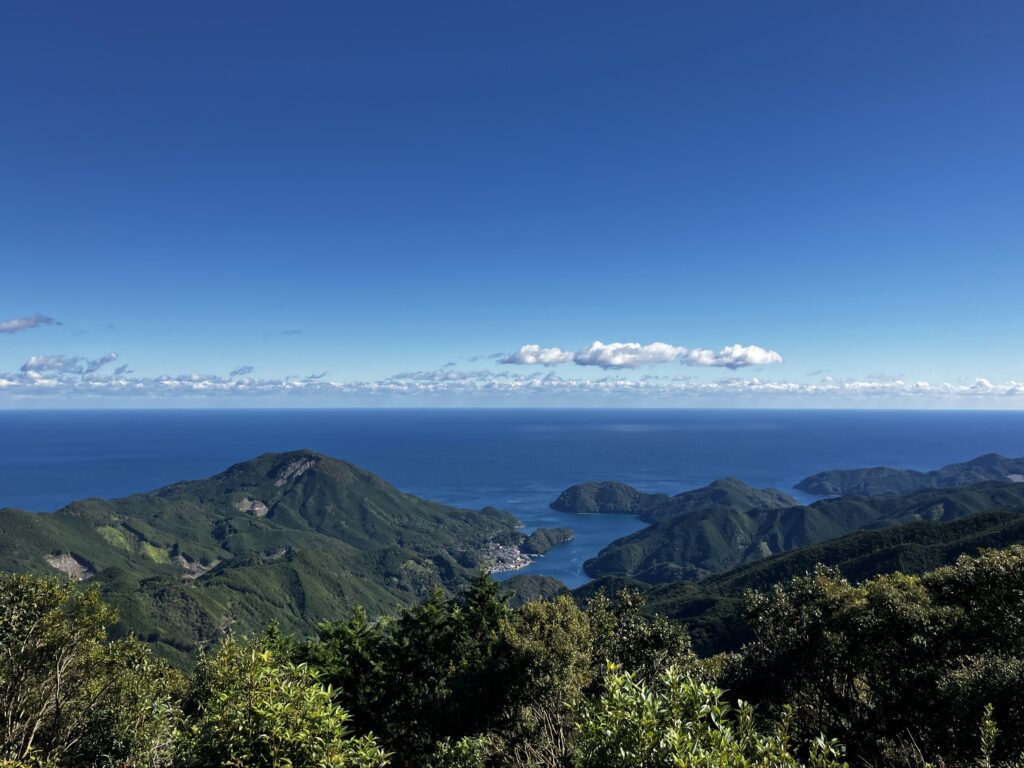
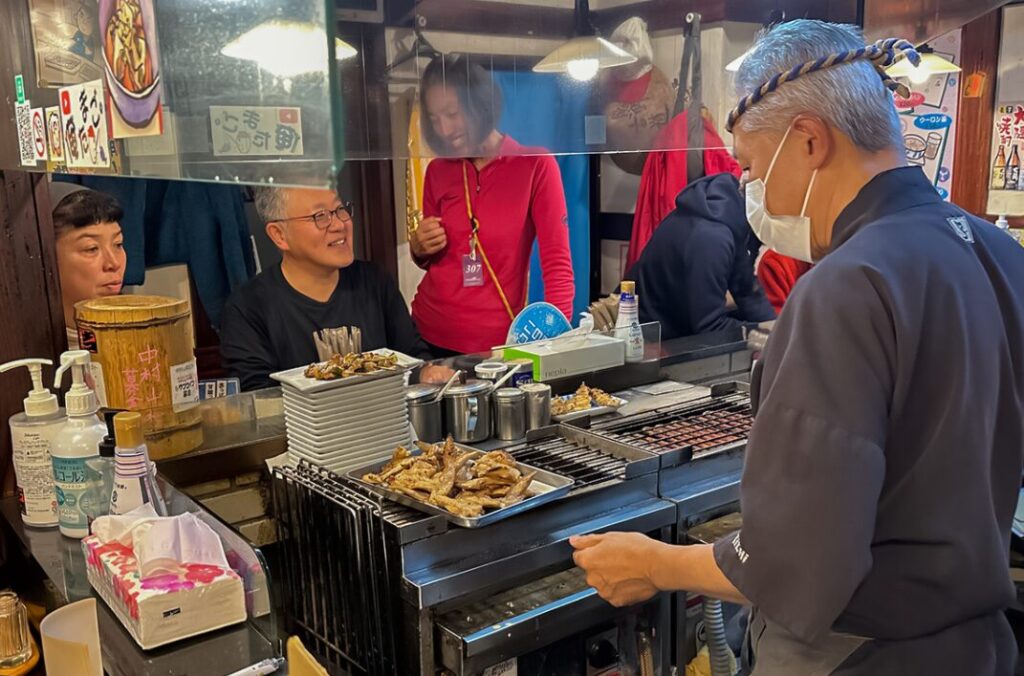
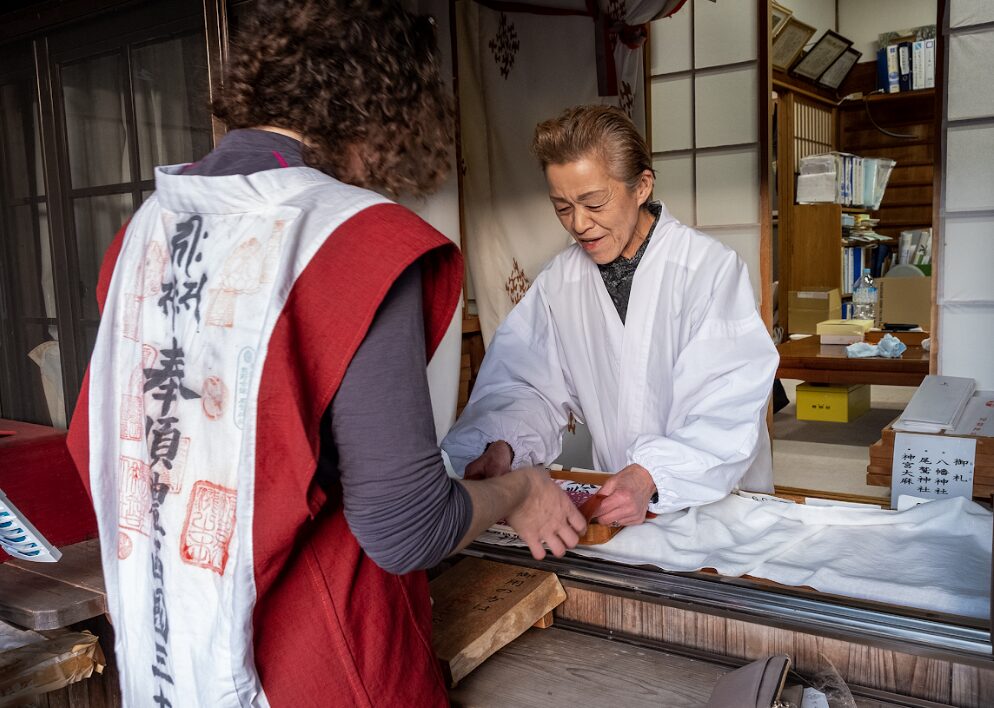
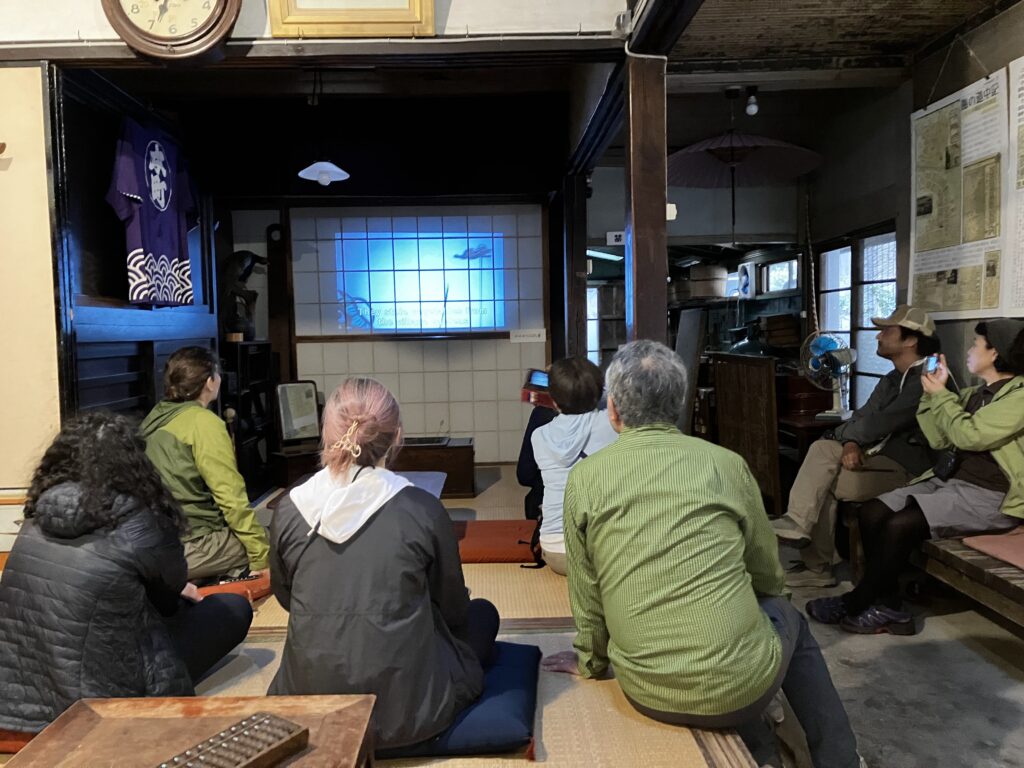
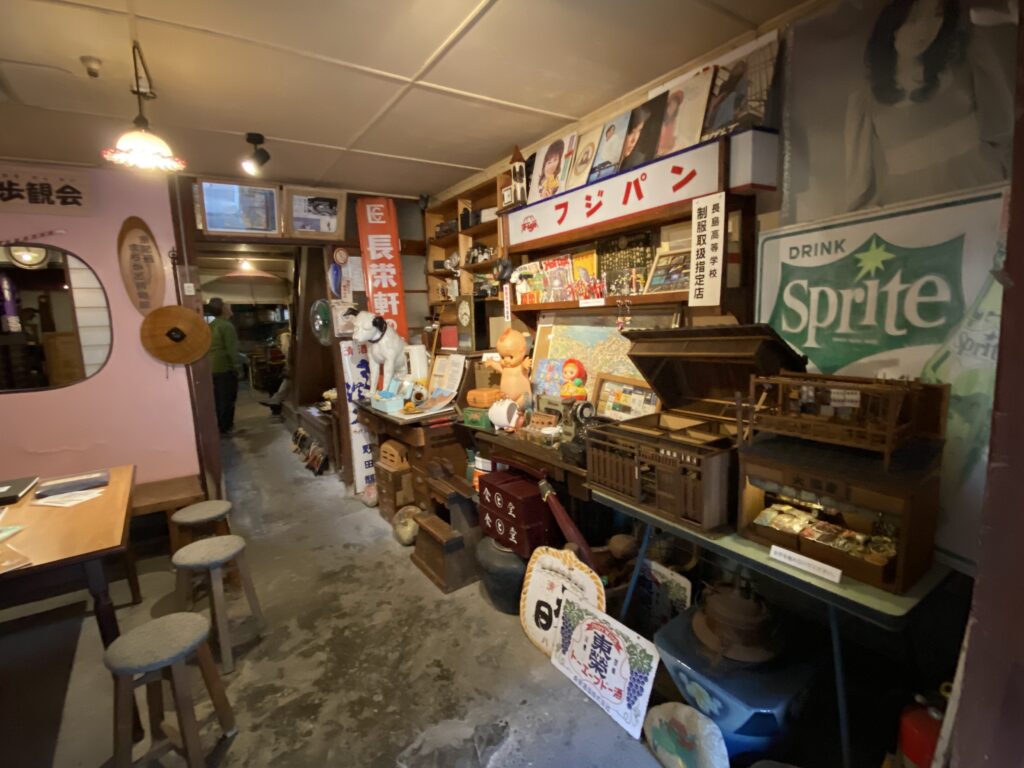
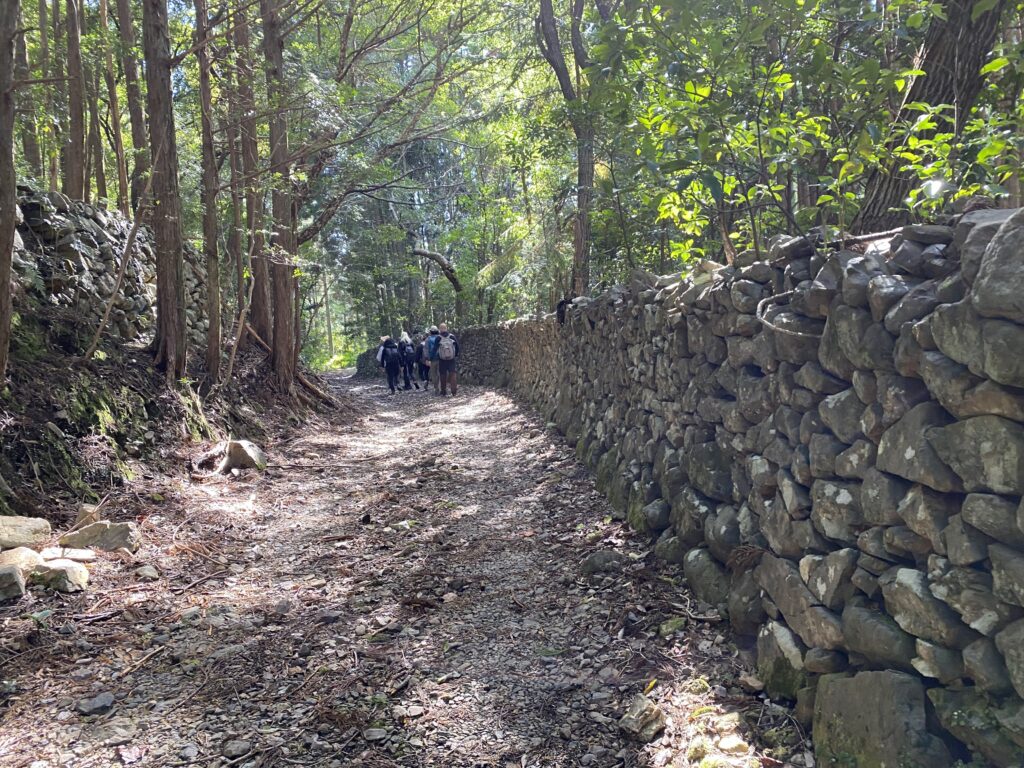

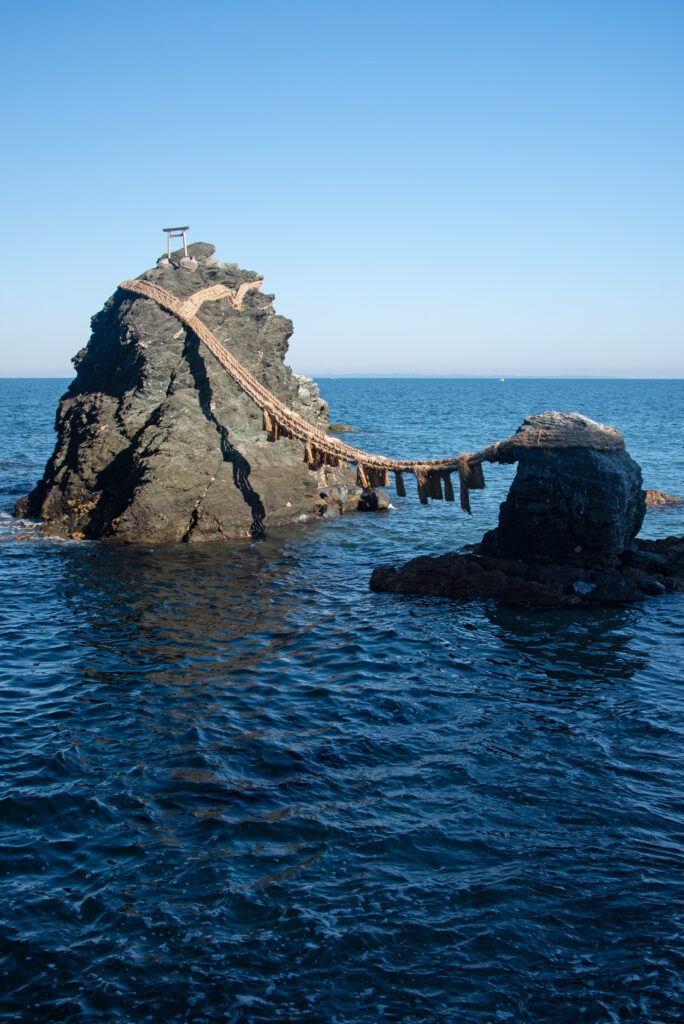

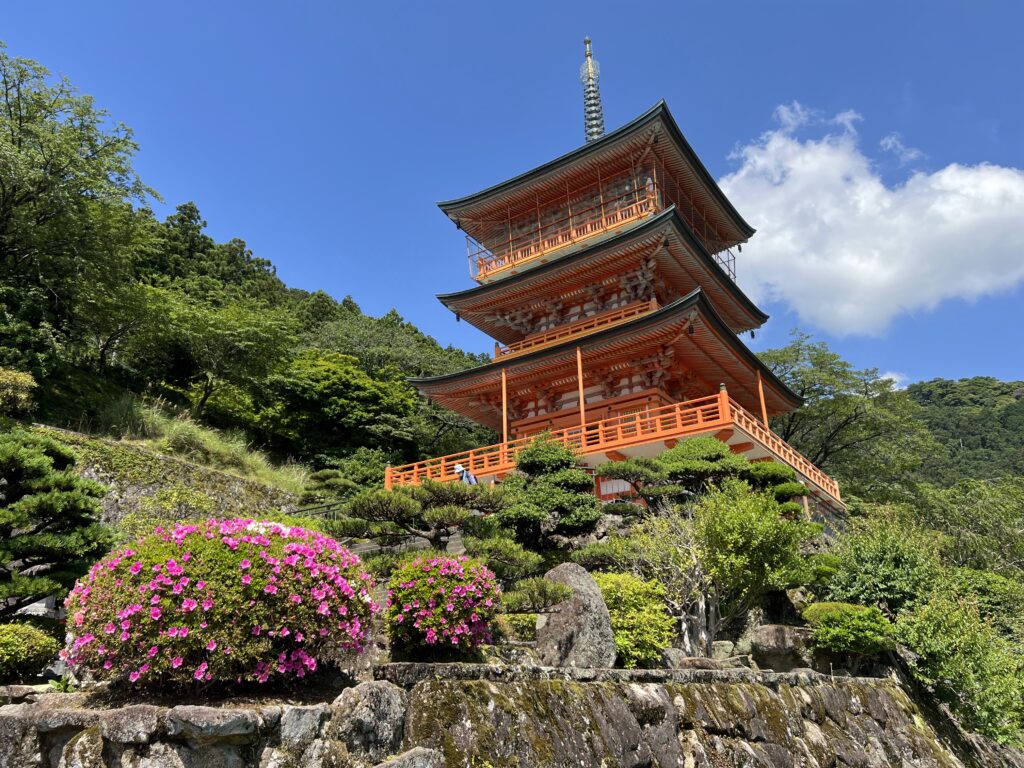

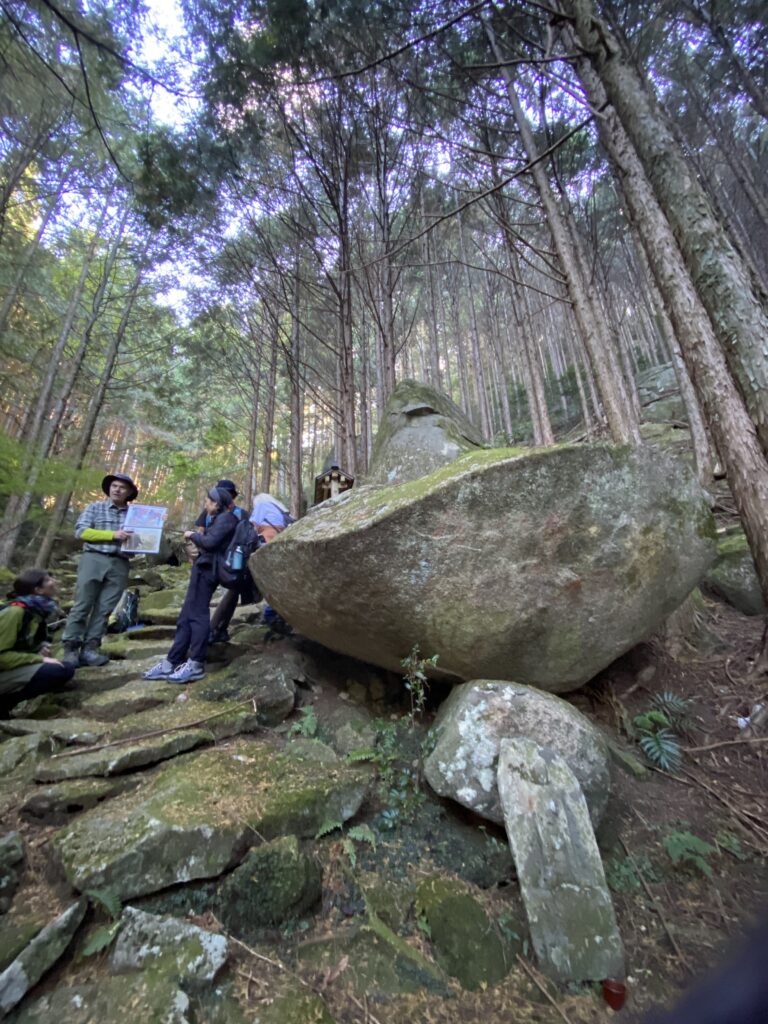
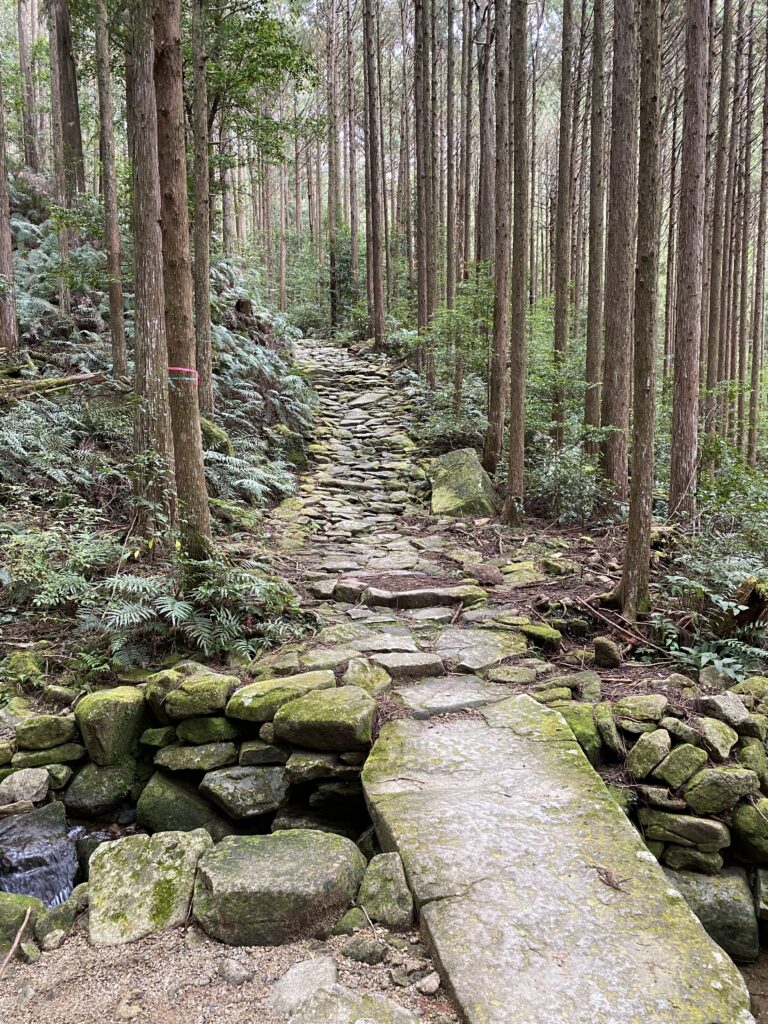
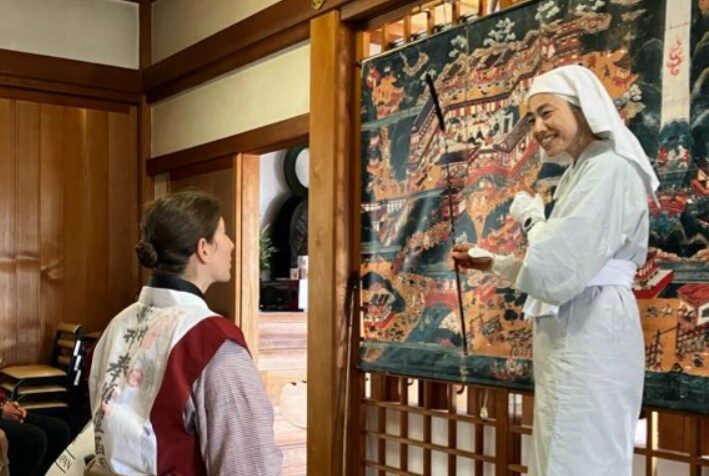
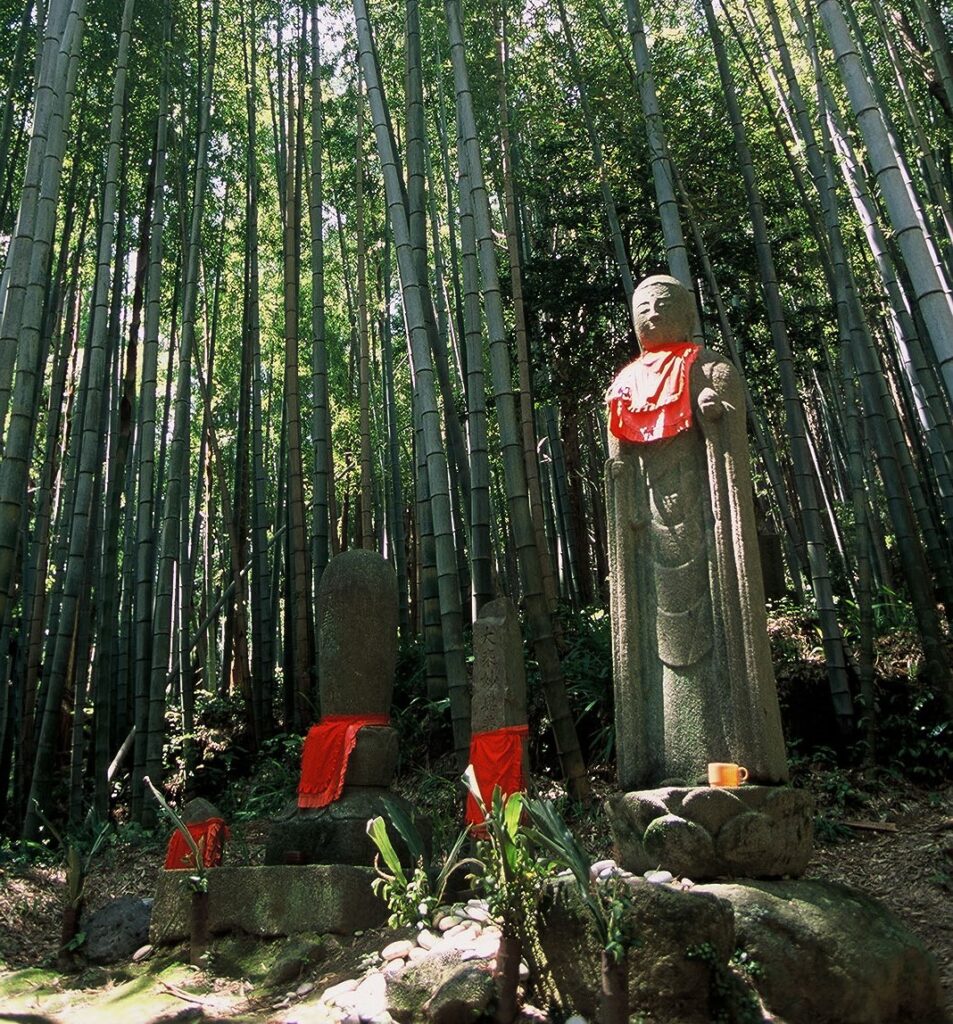



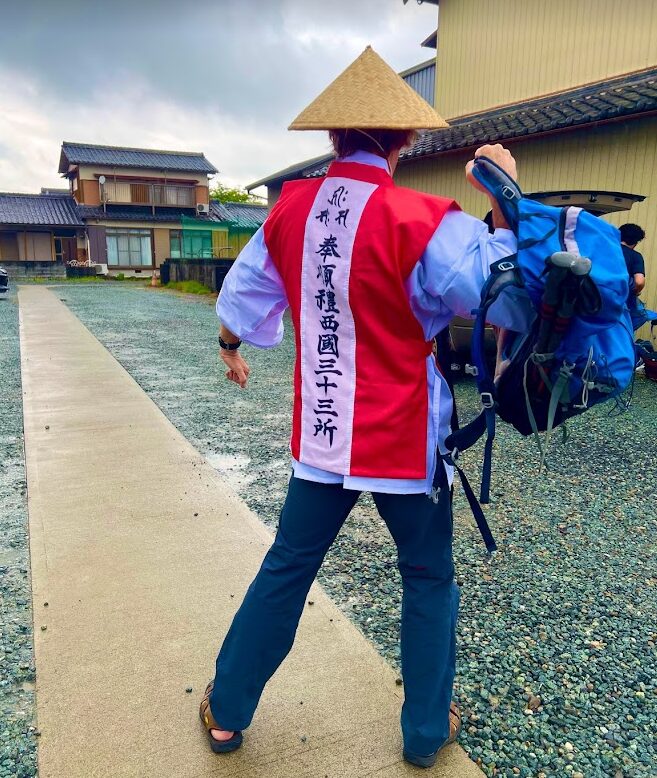

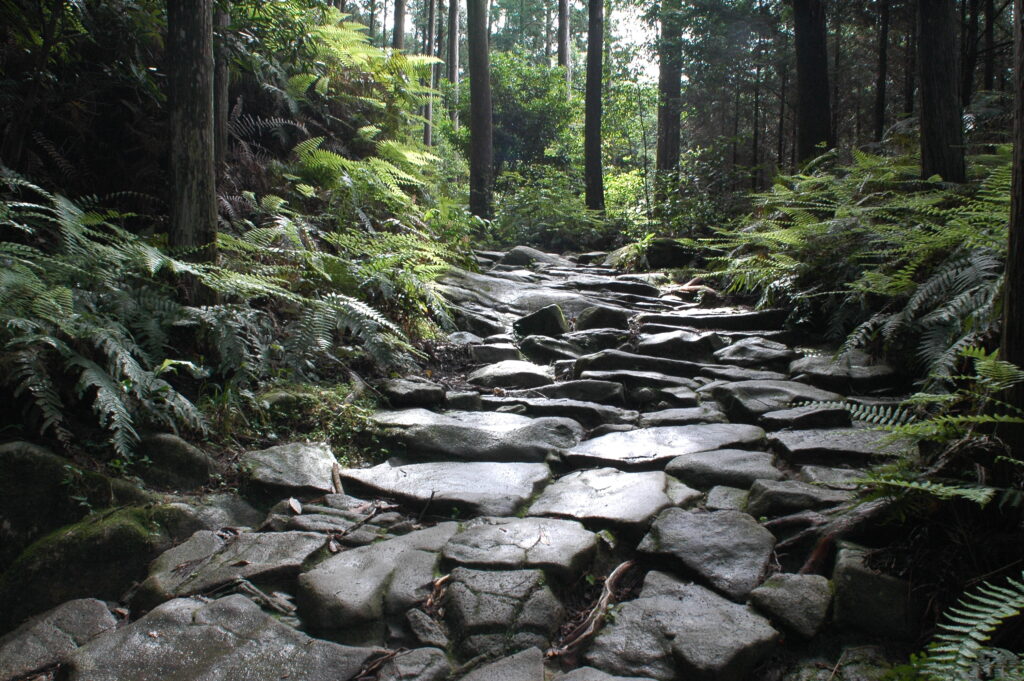
Write a Review